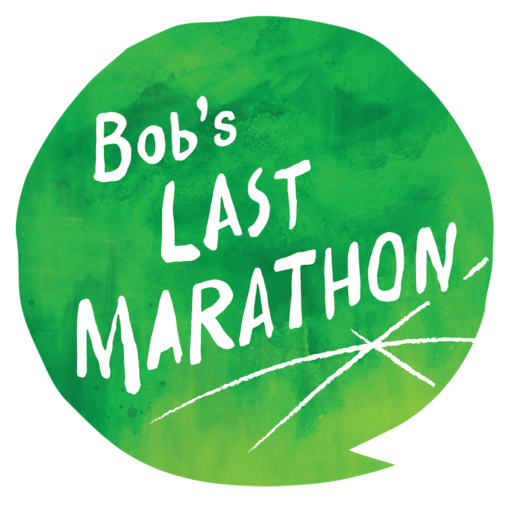Transcript
Looking Ahead
One night, while Bob was on a trip in the remote deserts of New Mexico with his daughter Kim and son-in-law Tom, I received a call from Kim reporting that Bob’s speech was sounding a little slurred, like someone who’d just been to the dentist. I immediately called our other son-in-law, Steve, a physician who, hearing Bob’s speech, advised that he go to the emergency room. The doctors diagnosed Bob with a transient ischemic attack, or TIA, which, as the name suggests, is a temporary condition—but still a warning sign of stroke and a precursor of brain injury. Bob got home safely to California, but the incident triggered my thoughts about mortality. Something told me this might be a cue to get things in order.
Like most people, we had neglected updating our wills, or making decisions about health directives and life support in the event of a health crisis. But Bob’s TIA was a wake-up call, prompting steps I’m not sure when we would have otherwise taken. Bob also took part in these next steps, since at this point he still had good cognitive skills—he was yet to be diagnosed with Alzheimer’s.
We began by looking up our wills, which were first drawn up more than 20 years before when we were newly married, but our lives had changed significantly: Our children were grown and independent, we had several grandchildren and even a great-granddaughter, and one of Bob’s sons had passed away, leaving behind three children.
We found an estate attorney to update our wills and set up a trust. Bob and I did everything together—found the attorney, gathered the necessary forms and information, and made decisions—as equal partners.
Our estate attorney also advised us to prepare our advance health directives. He explained that an advance health directive is a legal document that allows an individual to designate someone, usually a family member, to make health decisions for them when they can no longer make such decisions due to physical and/or mental conditions. Bob and I knew it was common for a husband and wife to name each other as the designated decision-maker. But since we have two physicians in our immediate family, I proposed that we each name our daughter, Andrea, and her husband, Steve, as a backup. Knowing how well Andrea and Steve work together, I felt secure that, if called upon, they would carefully study the facts and respect our individual wishes. Years later, when we were facing the prospect of transitioning Bob to hospice, I was especially grateful that Andrea could share in the decision and take the lead by signing the necessary documents.
Fast forward to the next year, on a different trip, this time aboard a cruise ship in the Galapagos, where Bob, in a confused state, began opening cabin doors looking for his car. Very concerned, I made it a priority to visit our physician upon our return. A series of doctor visits led to a diagnosis of mixed dementia—a combination of vascular dementia and Alzheimer’s disease.
The year that followed was filled with confusion, anguish, and denial. But I finally came to terms with Bob’s diagnosis and began putting together the support system we needed, which included enrolling Bob in a day care program. In the process, we met with Kate, a nurse and case manager in our health care system. Based on Kate’s advice, we completed a document called POLST, P-O-L-S-T, or physician’s order for life support.
Bob and I had heard about POLST from a guest speaker at an Alzheimer’s support group. In a medical emergency, POLST gives specific directions for first responders about the level of medical intervention we would want to keep on living.
For example, if we were unconscious and had no pulse or stopped breathing, would we elect CPR, or would we want to allow a natural death, also known as DNR, or “do not resuscitate”? If we were alive, but couldn’t make decisions about treatments for our condition, would we prefer comfort measures only—for example, using medication only to relieve pain and suffering—or limited treatments such as IV fluids or antibiotics? Would we want to be intubated, or not? Or, at the highest level of intervention, would we choose full treatment—everything medicine can offer?
The signed POLST documents, one for each of us, became a part of our health record. A copy was kept in a place where first responders would know to look on an emergency call. In the case of our community, that place is one of the shelves on the inside of our refrigerator door. I also made sure each and every home care person and member of our family was aware that we had a POLST document, and knew where to find it.
By completing the advance health directives and POLST forms ahead of time, we had the benefit of clear thinking and thoughtful analysis of our options, which might be very difficult during a health emergency. We also relieved our loved ones, as educated as they might be, of the burden of making these difficult decisions with little knowledge about our wishes.
Bob’s diagnosis triggered yet another action. On the advice of our care manager, I had a candid talk with Bob while he was still high-functioning, clinically speaking. Together, we saw the estate attorney again, this time to update our trust and to name me as the sole trustee—the one who would make all decisions related to our wills and our assets. This was an emotional moment. I felt pangs of sadness watching Bob relinquish his power and sign away all of his possessions. At the same time, I was deeply touched by the strength of our marriage and Bob’s unconditional trust in me to make the right decisions for him, for me, and for our heirs.
Looking back, I am grateful we had the forethought to complete the wills, the advance health directives, and POLST. Having them in place makes me feel more secure, and I also see them as important tools. Going through the process of completing them helped us take the time to face realities and look ahead. They helped us reflect on our priorities. They gave us a sense of power to make key decisions, during a time when our lives were overtaken by a disease we couldn’t control. Today, in the hands of the next generation, they are road maps to help navigate the inevitable changes to come.
Lena Chow Kuhar

